Maybe you have heard by now about the term ''green cities", but do you know what it means and how does it look like?
The rapid growth of the population and the evolution of new production methods made the urbanization process increase all over the world. This had many negative effects on the quality of the local, national and global environment and also on biodiversity. With that in mind, we had to find new ways in which we could protect not only the environment but also our mental and physical health and reduce the impact of our growth. One of the solutions is creating green cities!
Green cities have some key components. All forms of nature, from flora and fauna, make part of the urban infrastructure and together form a complex environment in which urban aspects and nature coexist. Nature is respected, preserved and extended to give benefits to the residents of the city.
Moreover, sustainability and green and blue spaces are key concepts for the city’s development and are on top of the priorities. For green cities, urban spaces contain nature, either ‘wild’ or introduced by humans, used or abandoned. Furthermore, green cities also take into account energy efficiency and focus on renewable energy sources for all existing activities.
Sustainable cities make a big difference in the long run when it comes to the conservation of our beautiful environment. They manage to minimize the damage to the natural environment and local ecological sites. Doing so we succeed in creating an urban space that will be standing for more generations in the future.
So what exactly is a green city?
You can imagine a city full of green verdure, green rooftops, institutions using solar panels as their main source of energy, street alignment filled with grass and trees, traffic would be reduced and cars restricted in some parts of the city. What would people do? They would focus more on building a friendly relationship with the environment, use urban gardens and alternative transportation would be on top of their list, be involved in activities that promote a sustainable environment and would know about zero waste policy and apply it as much as they could.
There are already cities that managed to implement some of the examples stated above and much more. According to The World Economic Forum, these are the world’s 10 greenest cities:
- Singapore. For example, the Garden City has 18 solar-powered ‘supertrees’
- Amsterdam, Netherlands: one of the world’s best cycling cities.
- Vienna, Austria: almost half of the residents have a yearly public transport pass
- Reykjavik, Iceland: has geothermal and hydropower that provides the city
- Curitiba, Brazil: has a Free University for the Environment
- San Francisco, US: the first to ban single-use plastic checkout bags in 2007
- Paris, France: has installed 1500km of bike lines
- Oslo, Norway: 72% of it has green spaces
- Stockholm, Sweden: 99% of solid waste is recycled
- Vancouver, Canada: 95% of the energy comes from renewable sources
The concept of green infrastructure in cities is an exemplary strategy for planning and managing a city, and developing it to be sustainable. At this point, they are critical not only for the biodiversity and climate but also for our survival, well-being and health.
Think about how green is your city!
This article is part of the project Green Cities of Youth, written by Ana-Maria Todoran.


.png)